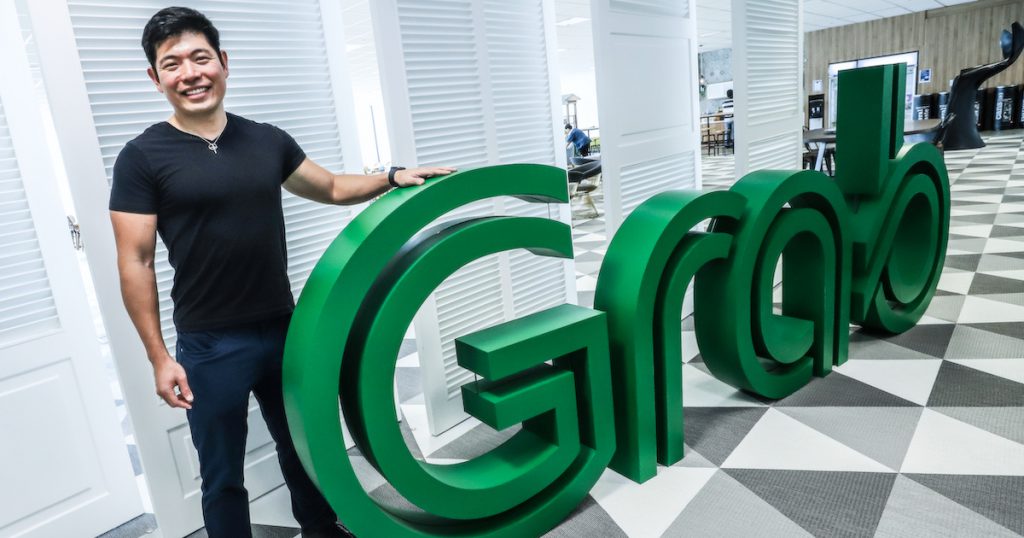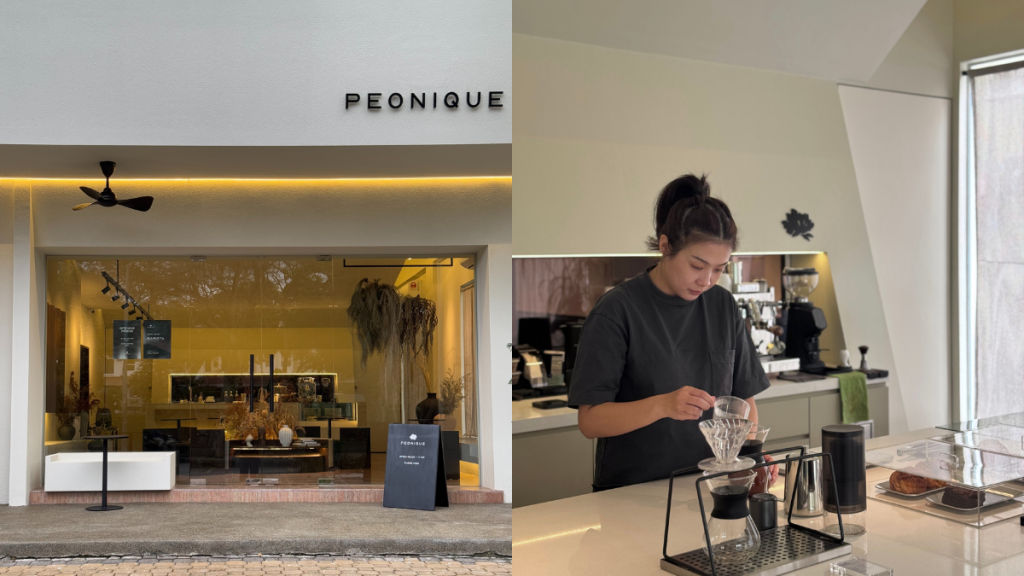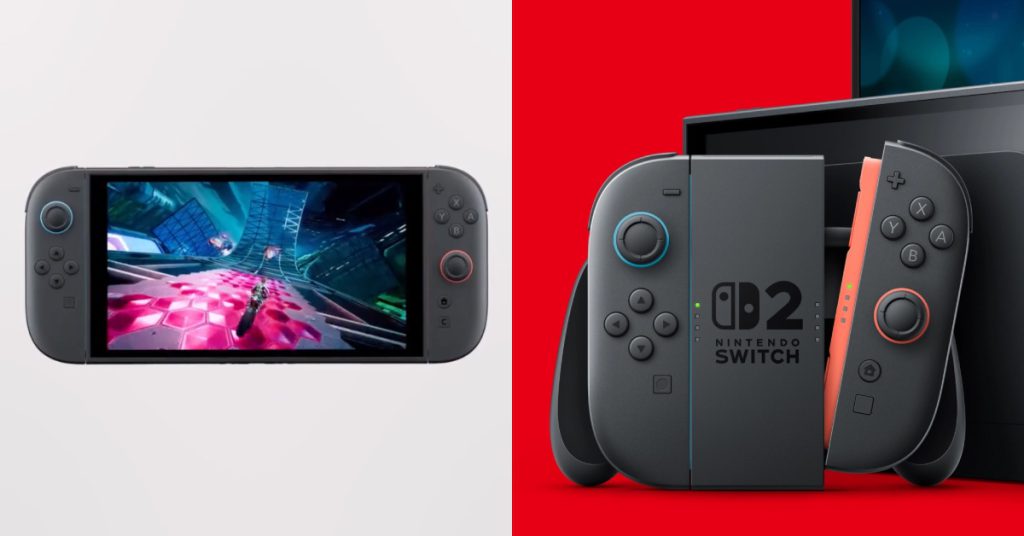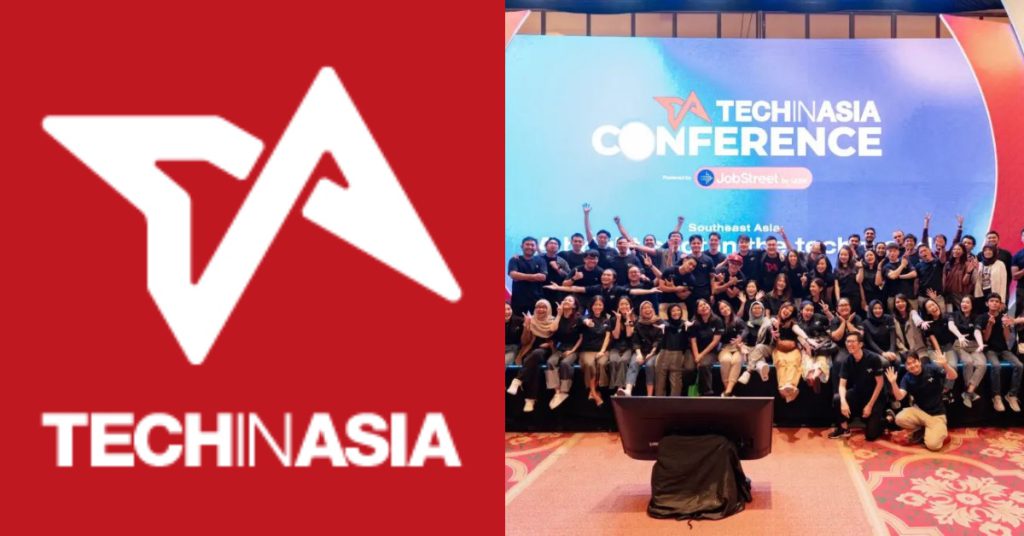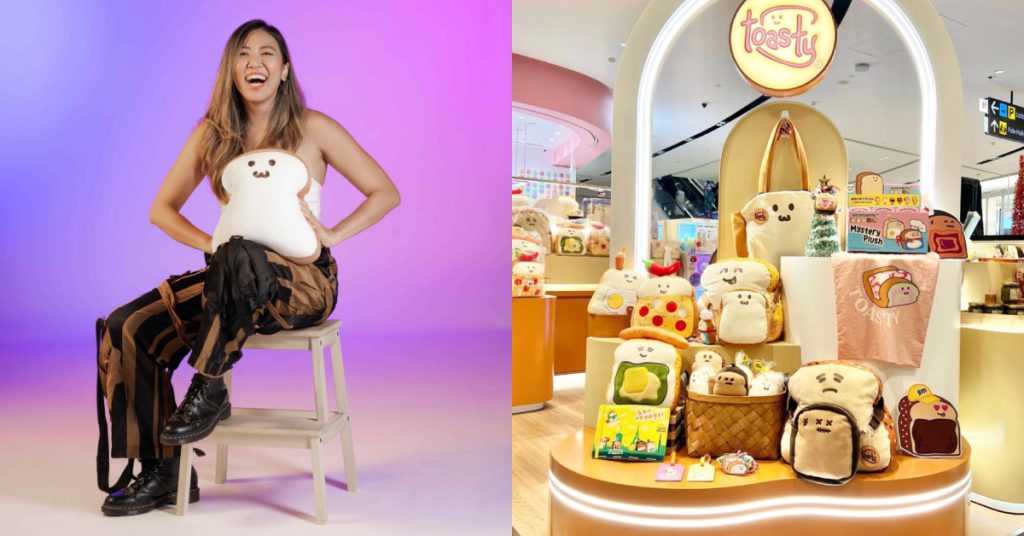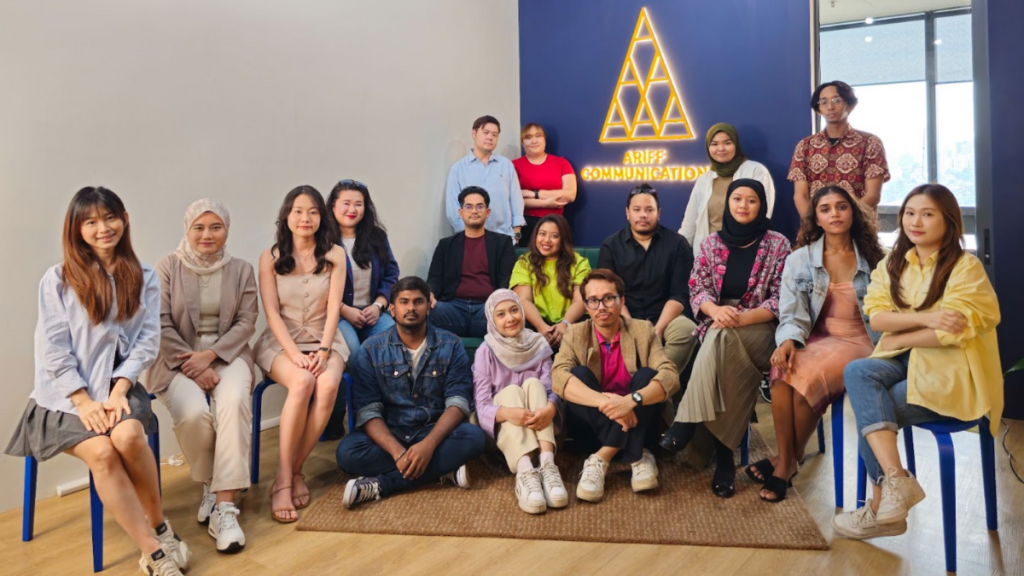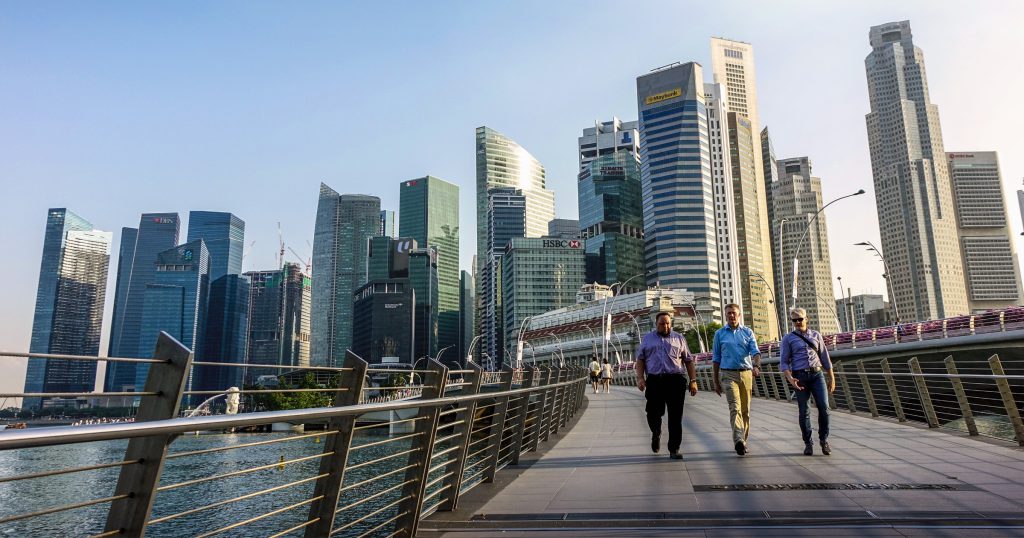The Wall Street Journal held its CEO Council Summit yesterday (September 28), in which it gathered global business leaders to discuss how they adapt to today’s fast-changing world, especially in the face of a pandemic.
Grab for one, has morphed from a ride-hailing app in Southeast Asia to incorporate grocery deliveries, payments, insurance and lending services.
In a session titled ‘The Digital Consumer’ with Yumiko Ono, Asia Digital Editor of The Wall Street Journal, and Anthony Tan, chief executive officer of Grab Holdings, they discussed on what are next areas of innovation to serve the region’s mobile-savvy population.
How Grab dealt with Covid-19

When Covid-19 hit, Grab’s core business of ride-hailing was greatly affected. Instead of feeling scared about the impacts, Grab CEO Anthony said that they started thinking of ways to respond quickly to the pandemic instead.
When we think about pandemic response, we think about what to prioritise. We stopped thinking business as usual. (Instead we thought about) how to create customer love, public love, and how to (better) deliver services.
– Anthony Tan, Grab CEO
They came up with ways that can help create a win-win scenario for all stakeholders of the Grab ecosystem.
For instance, they launched the ‘mix-and-match’ option for their food delivery services, in which a driver can pick up food orders from different stalls within the same food centre. Despite batching orders together, they would still have a high average order value basket size.
“That way, we could do well, drivers could do well, and merchants who pay lower commissions, could do well as well,” he explained.
One thing worth noting is that Grab started out as a ride-hailing company first, before expanding to build a food delivery business as well.
Anthony said that when they thought about pivoting, it was really focused on how they can help thousands of their drivers also pivot overnight, moving them from mobility to food delivery.
It was actually quite natural. We were focused on how we could help our drivers sustain their income during this time and help our merchants grow. We needed to make sure our supply was ready to support that huge food delivery demand.
Because we had a super app, multiple verticals can be served (at a time). With one click of a button in a single app, our driver could (easily) pivot to food delivery. This is what helped them sustain their income, and also sustain our supply networks in a cost-efficient way.
All in all, I think we got stronger because of this pandemic. It also proved how resilient our business model is.
– Anthony Tan, Grab CEO
Due to the pandemic, Anthony also noted several changes in consumer behaviour. With a heightened importance for safety, Grab needed to make sure their mobility services offered that.

They launched GrabProtect in end June last year, which comprised new safety features, updated safety policies and transport hygiene kits.
Grab also had the “highest rate of vaccination rates,” said Anthony, adding that it is much higher than the general population in Singapore.
Ultimately, they wanted to make sure that they help give consumers a peace of mind about their safety when riding with Grab.
The second change that he noticed was that more Singaporeans are ordering food delivery, which resulted in a significant boom in the space.
He added that the silver lining of the pandemic is that it has helped the digital transformation in Southeast Asia.
Pre-pandemic, most small businesses in the region were primarily offline, but Covid-19 has accelerated that shift. He cited that a percentage of micro-MNCs that were part of the digital ecosystem grew from 13 per cent in 2020 to 19 per cent in 2021.
However, the downside is that the inequality has worsened, particularly for millions who weren’t ready or equipped to go digital.
“This inequality can be very destabilising for this region, (which) is different from other parts of the world. There is urgent work by folks like us and other ecosystem players to make sure we help bridge this divide.”
What Grab has done is that it widened its platform to create more digitisation options.
For example, they focused on bringing primarily offline businesses across Vietnam, Indonesia and the Philippines, online.
In Vietnam for instance, when Covid-19 hit their supply chains around the region, Grab helped farmers sell tons of lychees — a crop that would otherwise have gone to waste.
The company also sought to improve digital literacy, which is lacking among its partners. Grab partnered with Microsoft to roll out over 550,000 Microsoft-certified courses to help them upskill.
“Southeast Asia is still one of the fastest-growing digital economics and Covid-19 has boosted the acceleration. We need to make sure no one is left behind.”
Grab’s earnings forecast for 2021 and IPO plans
Although Grab recently revised its full-year sales forecast for 2021, Anthony stressed that there is no change to their business fundamentals or long-term outlook.
Covid-19 had taken a turn for the worst in the third quarter with the Delta variant. Major cities and countries, including Vietnam, were in a full lockdown.
Given the uncertainties, Grab wanted to be more conservative in their projections. Now, they are seeing very encouraging trends in vaccination rates and relaxation in restrictions, which has made them “optimistic”.

We recorded highs in GMV and adjusted net sales. Our delivery business continued to outperform expectations, 68 per cent year-on-year growth and adjusted net sales.
Our mobility grew by 132 per cent, our financial services grew by 140 per cent. All in all, Q2 was strong. Covid-19 has hit the region hard — harder than we expected — but the potential remains undeniable.
– Anthony Tan, Grab CEO
Separately, Grab has previously unveiled its SPAC merger plans with US-based Altimeter, which will value it at almost US$40 billion. Where are they on this?
Anthony shared that they have spent time finalising their audit and making sure that they are aligned with the US Securities and Exchange Commission (SEC) on certain accounting.
They also spent time making sure that they produce a high-quality registration statement — which he described as a “back-and-forth process with rounds of comments from SEC” — but it has since been filed in August.
“We believe we are progressing very well and are on track for Q4 listing,” said Anthony.
One reason why companies like SPAC deals is because it’s supposed to be quicker and require less scrutiny than the traditional IPO. But in Grab’s case, they first announced the deal in April, it was supposed to go in July, and now it’s slated for end-year listing. Therefore, was the SPAC route much harder than he initially thought?
On this topic of listing process, it is actually not a bad thing. When you talk about SEC and their scrutiny, some of the SPAC companies do deserve a closer look.
Grab is not like most (companies). Investors could see a clear track record of growth and improvements in the past few years. They could also see that Southeast Asia’s market option is huge (and) we are just scratching the surface. If you just look at the total market, our penetration rates are still very low. Grab is very different from many of the SPACs out there with unproven business models.
– Anthony Tan, Grab CEO
Although the SPAC frenzy has cooled down a little, Anthony still has unwavering confidence in their choice.
When they first thought about going public, they talked about what is the most efficient way and explored several options. They eventually settled on SPAC because they found a great partner in Altimeter.
“This fantastic opportunity to partner with such a great public and private investor, with other great public names, was a great way to double down on our mission to ensure long-term success. They donated 10 per cent to the GrabForGood Fund. The process gave us this opportunity to create a solid ‘day one’.”
“Ultimately, we believe it is the right way (to go) — going public with the right investors. We are happy to have them join us on this journey.”
“We always come out on top”

One big market in Southeast Asia is Indonesia, where Grab has a strong rival: Gojek. Gojek has recently merged with Tokopedia, forming GoTo, and they are now talking about going public too.
Anthony seems unfazed by the competitor’s plans, and asserted that Grab is the “number one super app in Southeast Asia with leadership across (its) key segments.”
He acknowledged that Indonesia is indeed the most competitive market, but although they entered later, they are now ahead in all the key segments. So how did they achieve this?
We built unique advantages that are hard to replicate. With our driver super app, drivers can do express (parcel) deliveries, food deliveries, grocery deliveries. Millions of drivers are behind a bike, that creates a lot of cost efficiency for us, and that savings is passed on to our consumers.
When there are more consumers, merchants appreciate whichever platform gives them the most business. When more merchants come on(board), there is a wider selection for consumers. This (is where the) virtuous cycle of growth comes in.
– Anthony Tan, Grab CEO
Secondly, Grab also invested in building a strong in-house tech that is localised to a specific region. It enables them to do better dispatch, more efficient matching, and that drives more cost efficiency.

“We are not depending on any one market. We are highly diversified across the region. Even when any one market was especially hard-hit by Covid-19, we had other markets’ support, and that’s why we delivered such a strong Q2 result,” he quipped.
“For us, we are very comfortable. We have a long history of much bigger competitors and we have proven time and time again that we always come out on top.”
What’s next for Grab?
After their merger, GoTo is an even bigger competitor that has a strong market share in different verticals.
One vertical that Grab is losing out on is e-commerce, which they don’t have a hand in. Is there then a chance for them to expand into e-commerce?
On the topic of e-commerce strategy, we may consider challenger models. E-commerce today is very competitive. You see a lot of them burning a lot of money.
If we see an option to disrupt the market, to address consumer needs that aren’t addressed well, we will go after it. But (for) now, we are laser-focused on food and groceries, which is a massive market.
– Anthony Tan, Grab CEO
He noted that they already have the largest on-demand delivery, the widest merchant selection, and a dedicated payment gateway — these are all used across a multitude of large e-commerce marketplaces and merchants in niche commerce sites.
“We will play to our strengths as e-commerce enablers, while finding ways to disrupt,” he added.

Sharing about future business plans, Anthony observed that the digital economy in Southeast Asia has seen a phenomenal growth. However, most of the population in this region are still underserved, with six in 10 still unbanked or underbanked.
“It is very hard to get out of poverty. So the first part is to make financial services more affordable and accessible. Right now, we are focusing on fractionalising financial services.”
“(In the) longer term, our goal is to build ATM-less and brand lists network across the region. We will help lay the virtual highways. We call it the core infrastructure that will connect people to this rising economy. We will double down on building the largest and most efficient on-demand delivery network, but continue to drive and connect consumers with any service they want.”
When coming up with new products or services, Anthony said that he always make sure that it aligns with his principles of first seeking to understand, before being understood.
The best solutions (appear) when we deeply understand a problem or (pain point) that customers and merchants face. Then we can (better) understand what we are solving for. And the best way to do this is to go on the ground myself.
– Anthony Tan, Grab CEO
This is why Anthony often spares time to conduct food deliveries himself. On some occasions, he would also help prepare meals in the kitchen.
Two weeks ago, he took up the role of a kitchen runner to observe how people are working in the kitchen. He noticed that the kitchen staff weren’t comfortable with handling order slips that have English names or instructions.
That is how he came up with the idea for Grab to auto-translate order receipts when it gets printed out.
“It ensures all of us are aligned with this mission and how we make decisions (are based) on the same set of principles — which is consumers first, partners second, Grab last.”
Featured Image Credit: Kosaku Mimura via Nikkei Asia
VP Label puts together all the best local products for you to discover in one place. Join us in supporting homegrown Singaporean brands:


